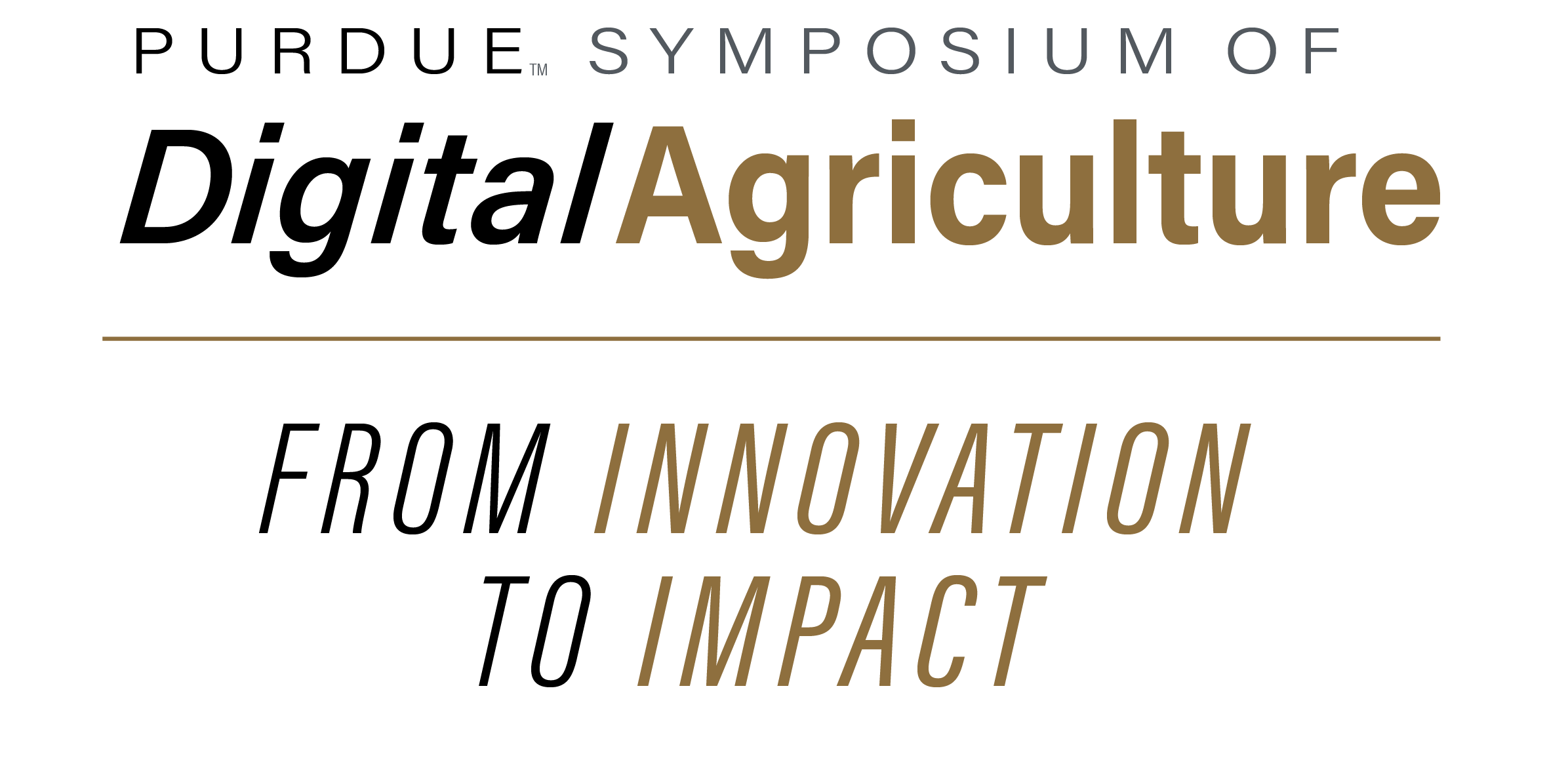Abstract
Resilient agricultural practices are crucial for the sustainability of agroecosystems, crop productivity, and biodiversity conservation. In Fall 2023, research sites were established at Purdue Agricultural Centers across Indiana to compare conventional and resilient agricultural practices (e.g., cover cropping and no-tillage) for long-term changes in soil health, biodiversity, and crop yield. This research conducted baseline soil health assessments at four of these experimental sites using predictive digital soil mapping. In Fall 2024, we collected soil samples using a 25 x 25 m grid from all four sites at depths of 0–7.5 cm and 7.5–15 cm. We also produced a geodatabase that includes a LiDAR-derived digital elevation model, time-series Sentinel-2 satellite images, and soil survey variables. Soil, vegetation indices, and terrain variables were generated using this extensive geodatabase to predict maps of multiple soil health parameters, such as soil organic matter, pH, cation exchange capacity (CEC), nitrogen, phosphorus, and potassium. We employed machine learning models (Random Forest, Extreme Gradient Boosting, Gradient Boosting Machine) along with geostatistical models (Kriging with external drift and Regression Kriging) to predict different soil properties. Our preliminary analysis focused on soil organic matter, where geostatistical models, especially Regression Kriging, showed the most consistently accurate performance across sites (e.g., ACRE RK R² = 0.68, CCC = 0.805). Accuracy generally declined with depth, most significantly at SEPAC and DPAC (e.g., SEPAC RK R² dropped from 0.60 at 0–7.5 cm to 0.31 at 7.5–15 cm; DPAC XGB declined from 0.62 to 0.39), while ACRE remained stable across depths (e.g., KED R² 0.72 → 0.74). We also identified that topographic indices (e.g., valley bottom flatness, elevation) and early-season satellite image indices (e.g., NDVI, Soil Brightness Index) were among the strongest predictors.
Keywords
Digital agriculture, digital soil mapping, remote sensing, soil health
DOI
10.5703/1288284318193
PREDICTING SOIL HEALTH PARAMETERS AT FIELD SCALE USING GEOSPATIAL ANALYTICS
Resilient agricultural practices are crucial for the sustainability of agroecosystems, crop productivity, and biodiversity conservation. In Fall 2023, research sites were established at Purdue Agricultural Centers across Indiana to compare conventional and resilient agricultural practices (e.g., cover cropping and no-tillage) for long-term changes in soil health, biodiversity, and crop yield. This research conducted baseline soil health assessments at four of these experimental sites using predictive digital soil mapping. In Fall 2024, we collected soil samples using a 25 x 25 m grid from all four sites at depths of 0–7.5 cm and 7.5–15 cm. We also produced a geodatabase that includes a LiDAR-derived digital elevation model, time-series Sentinel-2 satellite images, and soil survey variables. Soil, vegetation indices, and terrain variables were generated using this extensive geodatabase to predict maps of multiple soil health parameters, such as soil organic matter, pH, cation exchange capacity (CEC), nitrogen, phosphorus, and potassium. We employed machine learning models (Random Forest, Extreme Gradient Boosting, Gradient Boosting Machine) along with geostatistical models (Kriging with external drift and Regression Kriging) to predict different soil properties. Our preliminary analysis focused on soil organic matter, where geostatistical models, especially Regression Kriging, showed the most consistently accurate performance across sites (e.g., ACRE RK R² = 0.68, CCC = 0.805). Accuracy generally declined with depth, most significantly at SEPAC and DPAC (e.g., SEPAC RK R² dropped from 0.60 at 0–7.5 cm to 0.31 at 7.5–15 cm; DPAC XGB declined from 0.62 to 0.39), while ACRE remained stable across depths (e.g., KED R² 0.72 → 0.74). We also identified that topographic indices (e.g., valley bottom flatness, elevation) and early-season satellite image indices (e.g., NDVI, Soil Brightness Index) were among the strongest predictors.


